Listing Right: Blood & Plunder at Historicon 2023
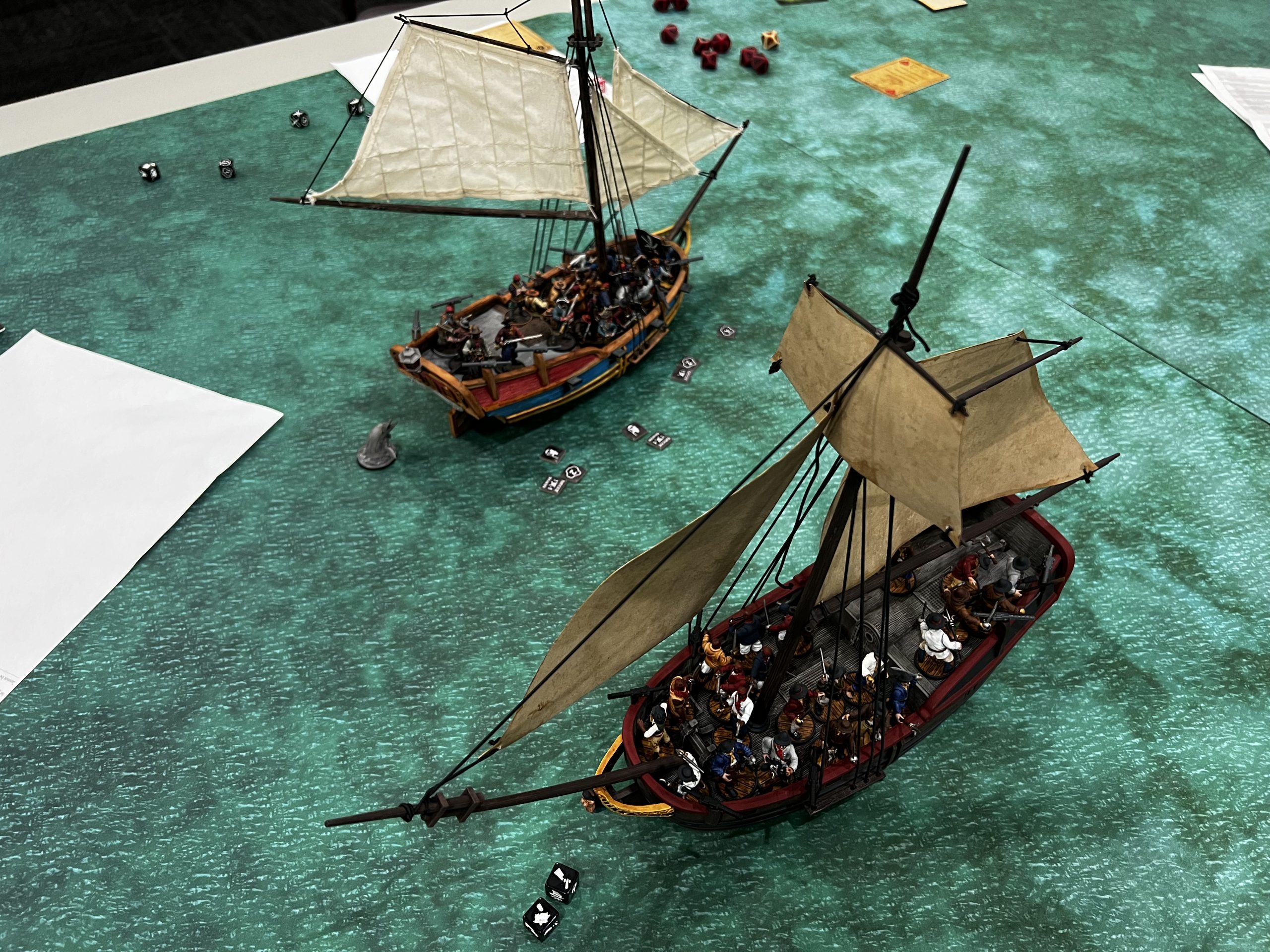
By Erich Goebel
List building in Blood & Plunder (and any wargame) can be one of the most intimidating facets of learning a new game and delving into competitive and focused, serious play. Blood & Plunder also features over 100 different factions to play under seven umbrella nationalities with fantastic nuance and differences that give each a unique flavor to play and test. These numbers can be overwhelming, as one flips through the one core book and three expansion books available to compare list options.
Luckily, the online force builder tool is utterly amazing and is actually fun and convenient to use.
As a new player to any competitive scene, I find it very helpful to look at how lists have been constructed previously to use as a springboard for my own strategies. Examples of some of these questions I’ve asked over the years: How many lands go in a typical Magic deck? How much economies do I typically need for my Game of Thrones LCG deck? How many dudes can I cram onto my ship?
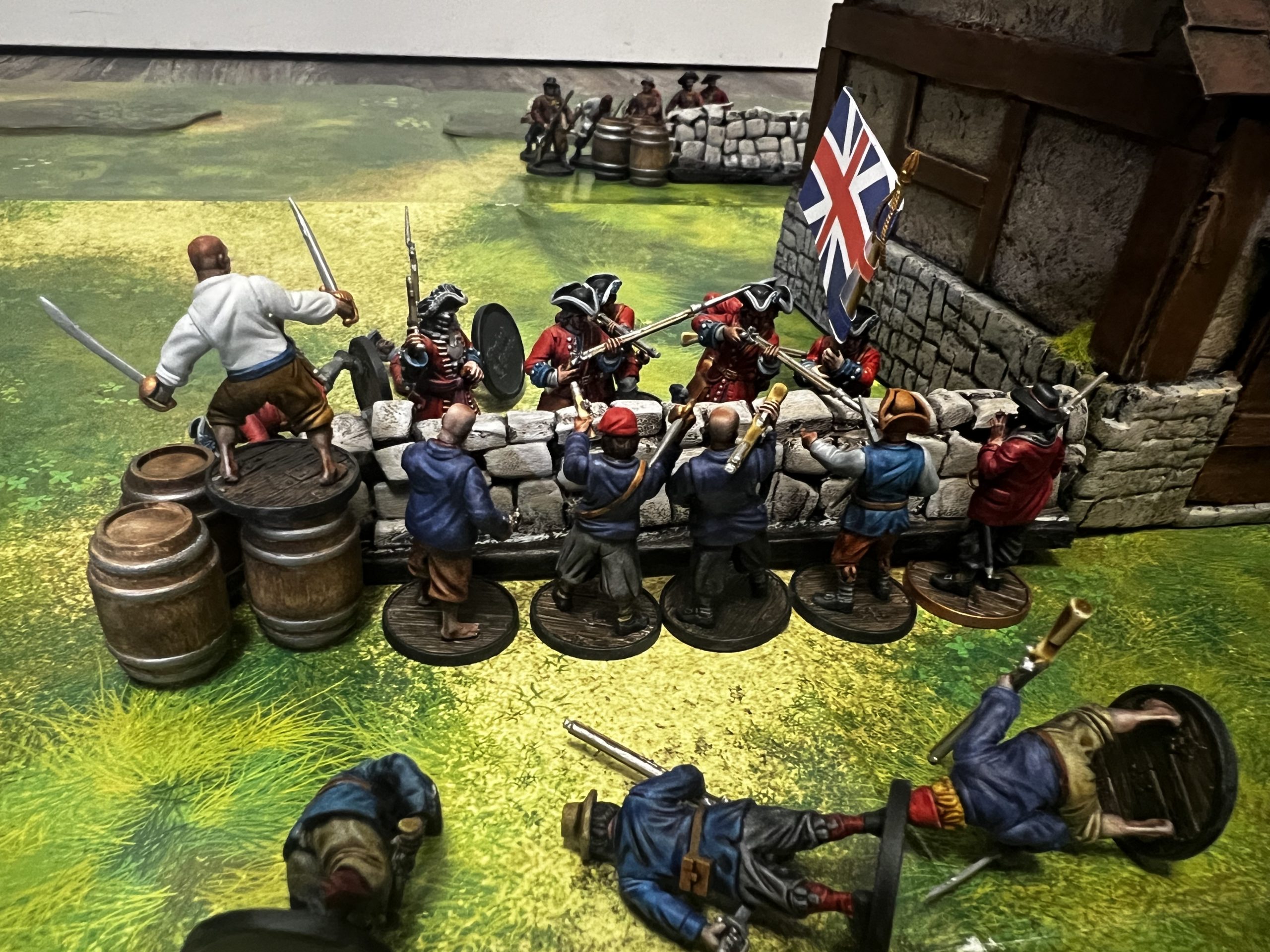
This article aims to address some of these questions (for Blood & Plunder) by using tournament lists from both the land and sea tournaments at this year’s Historicon and squeezing as much statistics out of them as possible (to be taken with a grain of gunpowder!).
Historicon is the largest North American convention devoted solely to historical miniature wargaming and is Hosted by the Historical Miniatures Gaming Society (who also puts on Cold Wars and Fall In!). Historicon also boasts a large Firelock Games presence, with tournaments being hosted for a number of their games such as: Blood & Plunder, Blood & Valor and Oak & Iron. This year, the Blood & Plunder tournaments included the following:
Land:
- 150 points
- 3 rounds
- 75 minute rounds
- Forces could come from any released book
- 22 players
- Scenarios were:
- Control the Field, Take and Hold, Encounter
Sea:
- 200 points
- 3 rounds
- 120 minute rounds
- Forces could come from any released book (no John Finch *cries*)
- 11 players
- Each battle was an Encounter scenario
Before we take a deep dive into the stats of the lists that were brought to the tournaments, I would like to provide some qualifications for the data presented. Only 11/22 lists for the land tournament are present in most of the following data with 8/11 for the sea tournament. About 50 percent list retention makes it difficult to draw major conclusions with just this tournament’s data. I also ask anyone attending or hosting a tournament to gather as many digital lists as you can so we, as a community, can have a more complete record! Now, let’s sail forth….
Overall Nationality and Force Representation:

In terms of representation, each nationality was represented among the lists brought to the land tournament (n=20), with pirates being the least represented. This is not surprising, given their limited capacity on land compared to other Nationalities. This trend was flipped in the sea tournament, with pirates and Dutch being brought more (n=8). Both Dutch and pirates have fantastic build options at sea and excel in the theatre. Ultimately, play the nationality(ies) that excite you most! Perhaps all the English and French were forced to accept the articles at flintlock-point.

One question I heard several times at the tournaments was “Is your list 17th or 18th Century?” Raise the Black’s release earlier this year has moved Blood & Plunder into the 18th Century, adding new units, technologies, etc. This has raised concerns regarding balance. However, looking at the forces brought in both tournaments, it seems the community is rather split between the two centuries, especially in sea games. It will be interesting to see this trend across future tournaments and if it begins to shift as we move forward.
Command and Plunder:
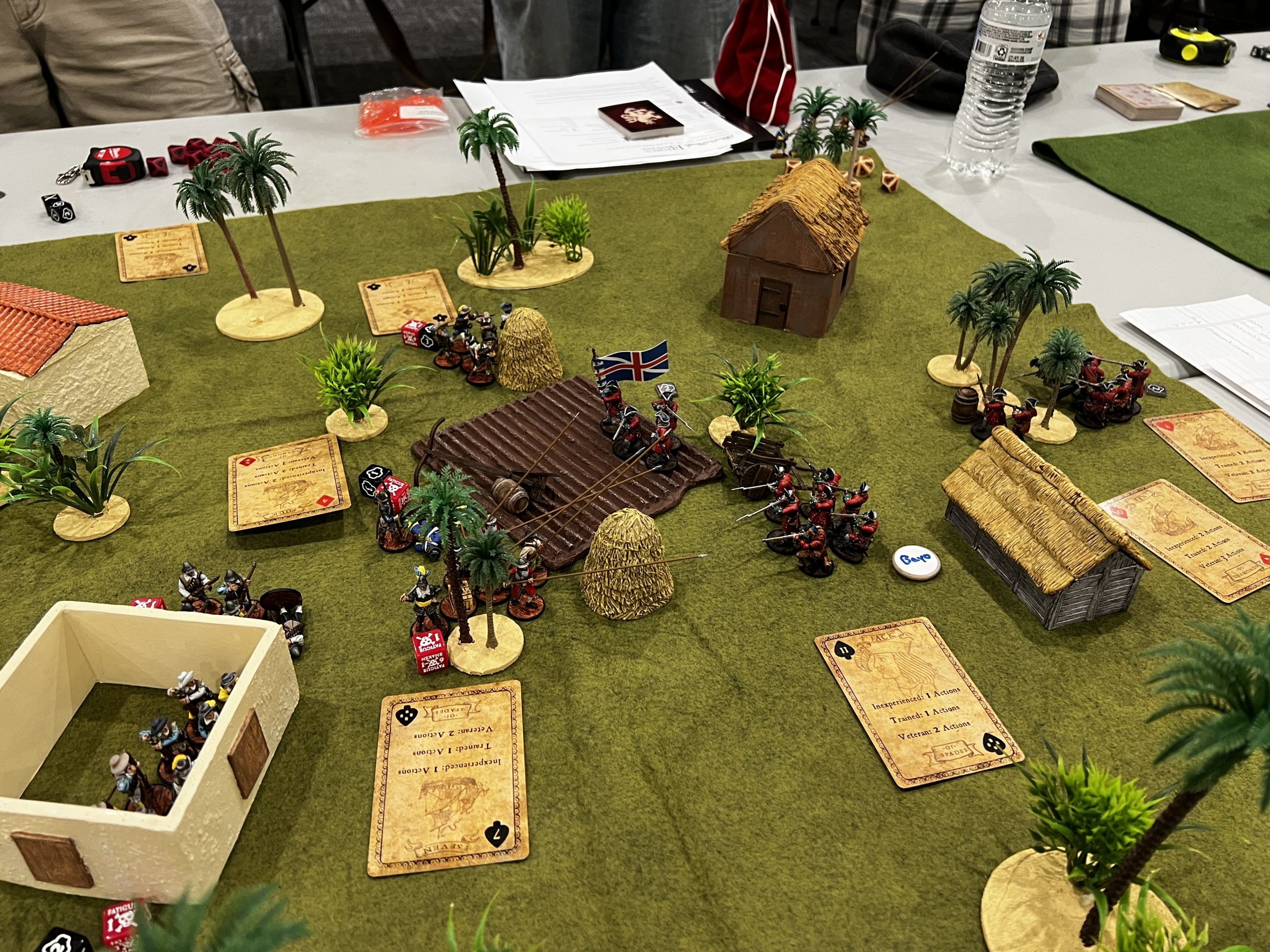
After selecting your nationality, the force builder forces you to select a commander prior to building out your units. This is due to certain commanders having different Unit options than others. However, I believe commander, unit, and character selection is an iterative process and one you should go back and forth on depending on what you want your force to do.
Focusing on your commander choice you should be asking three major questions: How many command points do I need? What is my realistic budget for spending on a commander? What keywords do I need/want? I am missing data to answer the last of these questions and it’s important to note that all three answers can be augmented by characters, which we will talk more about later.

Across both tournaments, the vast majority of players brought a commander with two command points. This includes most generic commanders and some of the cheaper named commanders, such as Black Caesar. Interestingly, the average land force supplemented additional command points, while only a few sea forces decided to spring for the upgrades.
This can be taken several ways: on land, where command range matters more, players need to rely on characters to aid far-flung units, or, points are allocated differently in sea games (ship, artillery, etc.), and fitting characters in is a harder sell. I find this surprising, as there are many advantages to additional command points in Sea games with several applicable dedicated actions such as sailing maneuvers, sail settings, repairs, and artillery assignments.
Along these lines, the average sea force spent less percentage of their total points on their commanders (9.8% average for land vs. 7.7% for Sea). I would hesitate to state this is due to commanders being less important in sea games, as the average point value of the commander brought was comparable across the two tournaments. Overall, it seems that the sweet spot for a commander in these point ranges is one that is around 10-15 points and has two command points.
The Star-Studded Cast:
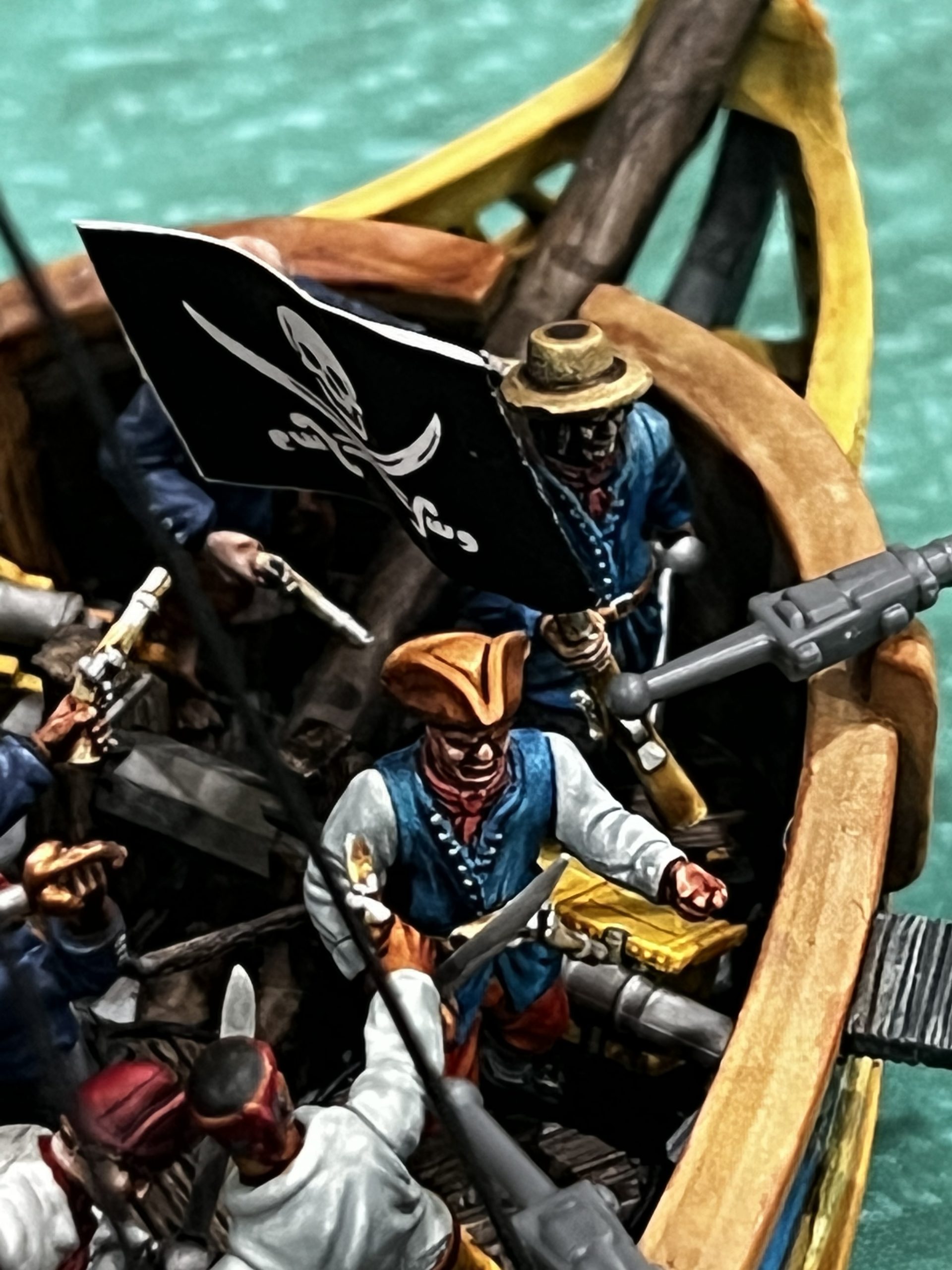
Everyone loves a good character (whether it is male, female, sailor, or hostage, etc) and scurvy tournament players are no different. Characters are a fantastic way to fill in gaps within your force–many even give additional command points, as mentioned. Sixty-three percent of the tournament lists added at least one character to the fray. Of the lists that brought characters, we see spikes at two for land and two for sea. With a limit of one character/50 points, it makes sense that we see an increase in usage for the sea games. A wide range of characters were brought and with a small sample size it’s difficult to see trends, but with more tournaments perhaps we will see if some characters are unbalanced vs. others. This being said, the grizzled veteran was the most common character taken on land.
That’s Quite the Unit:
It is finally time to build out your army with some chaff…I mean able-bodied soldiers ready to die for your choice of crown (or lack of!). There are several statistics here that I think will aid list-builders when constructing a force – the number of units, the sizes of said units, the experience level, and the overall model count for the force.

When mapping out unit sizes across both tournaments there is a favoritism toward units of six or eight. In a 150pt land force, eight represents the upper limit of models within a unit, while six is seemingly the next low breakpoint for many people. Units below six in size are very fragile in a 150pt game and are likely why they aren’t commonly taken. In a 200pt game, this upper limit is increased, which allows for small spikes in representation at ten and 12 models. One reason many may take an even number of models is blunderbusses/explosives, which can be added to Units at 2/4 models, depending on the armament taken. Note these numbers do not reflect which unit receives the commander model, as lists don’t typically include that information.
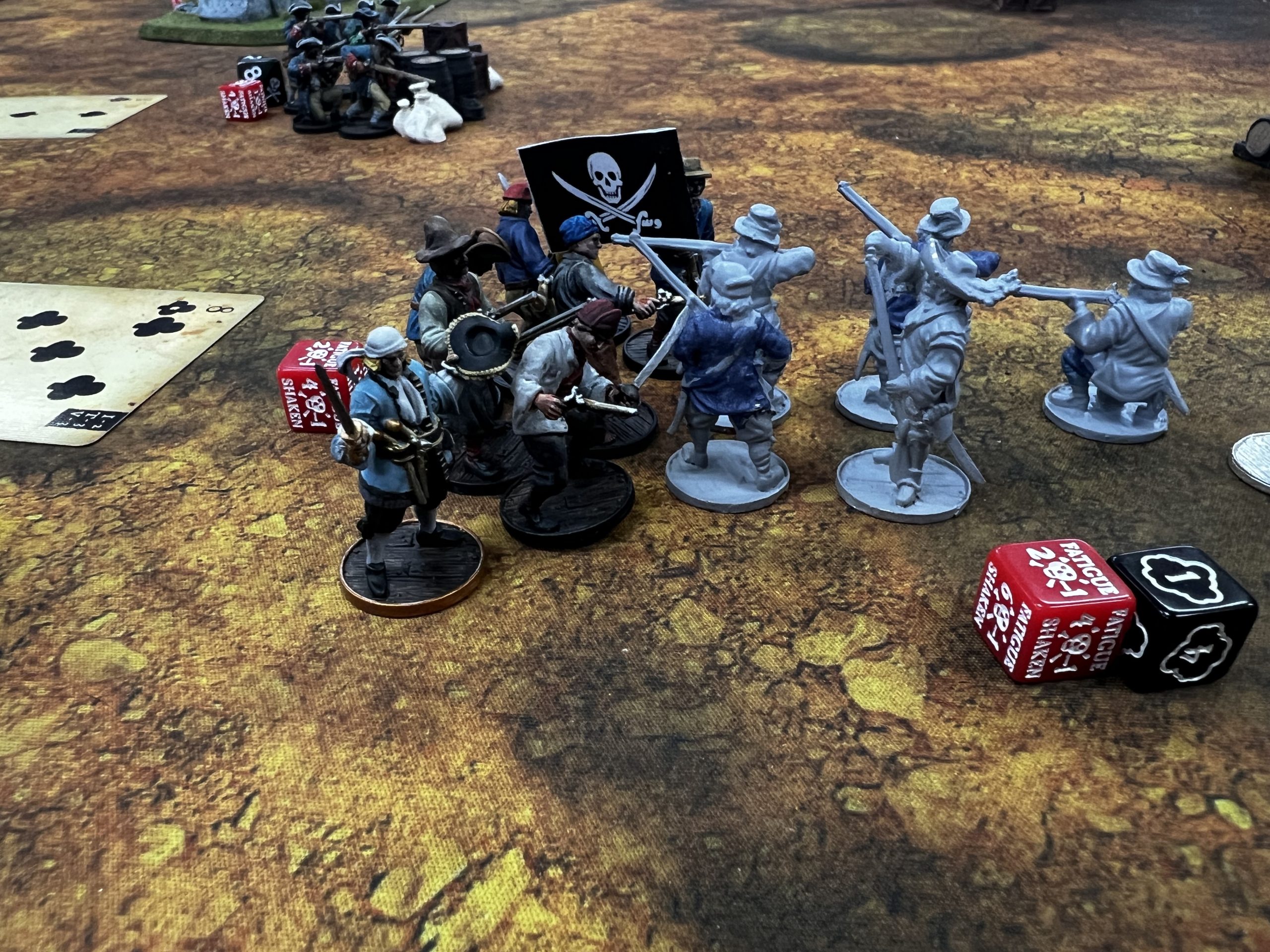
When looking at the overall number of models within a force, there is a slight increase between the Land and Sea tournaments. Aside from an increase in point budget, many sailor models are slightly cheaper than their land counterparts, especially if downgraded to melee weapons only (a very useful strategy for units assigned to artillery). Interestingly, the raw number of Units within each force differed between land and sea. On land, forces had a larger range of unit numbers from three to five, while at Sea, nearly every force contained four units.
This is a consequence of each ship deck having a limit of two units within it and at this point level, most ships only have 2 decks (more on that in a bit). The exception to this was a force that brought two ships and thus, needed more, smaller units, to man them.
Lastly, a statistic that helped me as a newer player was learning how action economy works within Blood & Plunder. This boils down to the experience level of your units. Are veteran units worth the point cost for an extra action 50% of the time? According to the land and sea lists, most players did not think so. 80% of the units brought to Historicon were trained, with inexperienced land militias making up the majority of the remaining. With small unit totals (four) and 2+ command Points, the veteran upgrade wasn’t valued as much as say, taking additional models or upgrades.
It’s not the motion of the ocean, it’s the Ship:

Lastly, we’ll look at some of the stats pertaining to Ships specifically (only a few more graphs, I promise): the representation of ships brought, the trends in artillery, and the % of the 200 points that were spent on the ship+upgrades and artillery to give a sense for what players were budgeting for their floating terrain.

Taking a look at the sea lists, two of the eight represented brought two Ships: one brought two Balandras and one brought two Piraguas. Aside from that, a decent spread is seen, favoring two-deck ships overall. At this point level, it is difficult to man a larger ship (ie. Frigate) effectively, especially when some of the Balandras/Bermudas were loaded to the gills with men/artillery.
Speaking of artillery, swivel spam is still in full force with seven out of eight lists taking swivels and three of the eight lists taking no cannons at all. What surprised me, however, is that more cannon-lists took medium guns over light guns! Medium cannons aren’t cheap at ten points a pair and a mandatory three models to man effectively; costly both points-wise and model-wise.
Speaking of costs, we see that across the lists, an average of 8.8% or 17.6pts were spent on ships + upgrades and a whopping 18.8% or 37.6 points were spent on Artillery. In total, this means an average of 55 points were spent on sea-specific items–more than the increase in spending budget!
The Winners:

Although I truly believe all nationalities are balanced enough that each can win it all…. let’s look at the stats! For overall wins/faction, the English took the lead with the most wins across the land tournament and two players in the top four (third and fourth). However, if you look at wins per player across all players the English and Natives tie for the winning spot!
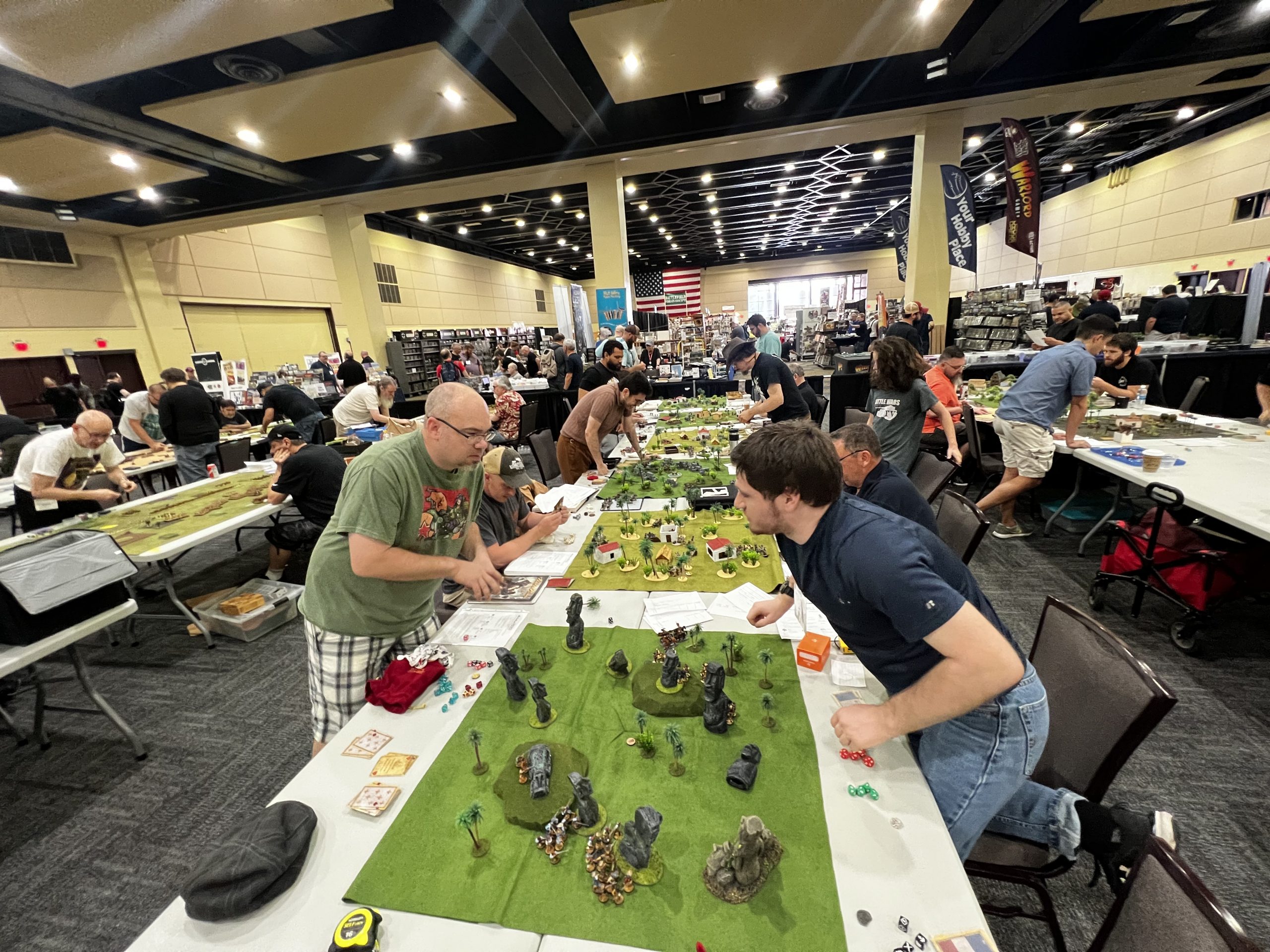
The Plank Walk
Overall, I hope that all of these stats serve not only as a tournament report but as a foundational springboard for understanding what goes into the lists taken to tournaments, the thought processes of the players, and how the meta might shift over time. With a smaller sample size, it is difficult to draw major conclusions, but with more data from additional tournaments, we will start to see trends over time and I am very curious how things shift.
If you have any additional questions reach out to me at egoebel446@gmail.com or check out all of the fantastic articles on list building throughout the community here on Tales of the Sail, or over on Blood & Pigment. In final conclusion, I wanted to leave you an idea of what the best performing most average (or mode) land list would look like from this tournament:
150pt Land List:
English
17th Century Faction
15-point generic command with 2 command points
4 Units of Trained Models
- 2 at 8 models
- 2 at 6 models
2 Characters, one of which is a Grizzled Veteran





An amazing and very helpfully work. Thank you!